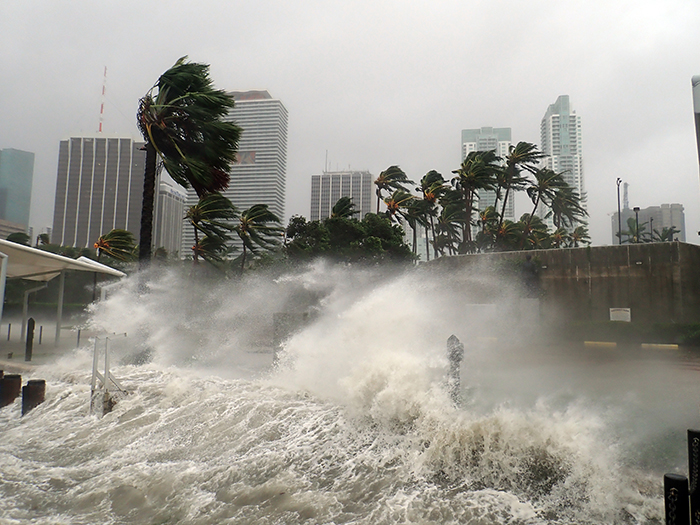Risk Insider: Jeff Driver
A Failure of Trust
‘Ebola-mania’ is my term for significant reactions to known public health and risk management issues associated with the Ebola virus.
The arrival of Ebola in the United States has been marked by fever-pitch reactions of alarm that ranged from cries for international travel bans, school closings, state-required quarantines of individuals, airport passenger health screenings, and even calls for national nursing union labor strikes over claimed unsafe hospital working conditions.
Now, let’s take a big collective national breath. Could it be that what first appeared to be a public health crisis turned out to be more of a significant crisis in public confidence?
Could it be that for America, Ebola is not as significant a risk as it is for the far less advanced medical systems in West Africa where over 5,000 people have died after contracting the virus?
But this fall, in different ways, U.S. hospitals, the Centers for Disease Control and Prevention, as well as state and federal governments arguably failed to fully establish credibility with a hungry media and scared public, exacerbating what should have been a manageable Ebola outbreak.
A trifecta of public confidence shaking moves occurred when missteps were made in treating the first U.S. Ebola patient, accurately communicating with the public, and protecting treating medical providers from contracting the virus.
First, a patient with a history of fever and travel from West Africa was discharged from a hospital back into the community. Then, information about the patient’s temperature being no greater than the CDC threshold of 101.5 degrees to trigger a serious Ebola concern had to be corrected; and once the patient was readmitted, officials failed to clearly explain delays in blood transfusion from an Ebola survivor and the administration of an experimental drug (Brincidofovir), both which had shown promise in treating Ebola.
Perhaps most alarming, the involved hospital has not been able to explain how two of its nurses contracted the virus, instead seeming to point the finger at the CDC for frequently changing protective gear guidelines and “frustrating” hospital employees and management.
Subsequent blows to public confidence stemmed from uncertainties around CDC guidelines on personal protective equipment (PPE) for health care workers and the 21-day quarantine guideline for individuals exposed to the Ebola virus.
First, with regard to PPE: After two nurses in Dallas tested positive for the Ebola virus, the CDC changed PPE guidelines to ensure there would be no ambiguity about leaving no skin exposure. It detailed step-by-step instructions to put on and take off the equipment safely, as well as the necessity of having a trained monitor to supervise the process.
Then, there are the still unresolved questions surrounding the necessity of a 21-day quarantine for individuals potentially exposed to the Ebola virus.
The several different approaches to contain the virus from individual states, the CDC and the military have not been resolved, and the current interim CDC recommendations at this point are based on transmission risk assessment.
In part II of this article on Ebola, I will focus on the way risk managers should reset the response to Ebola.
Read all of Jeff Driver’s Risk Insider articles.










